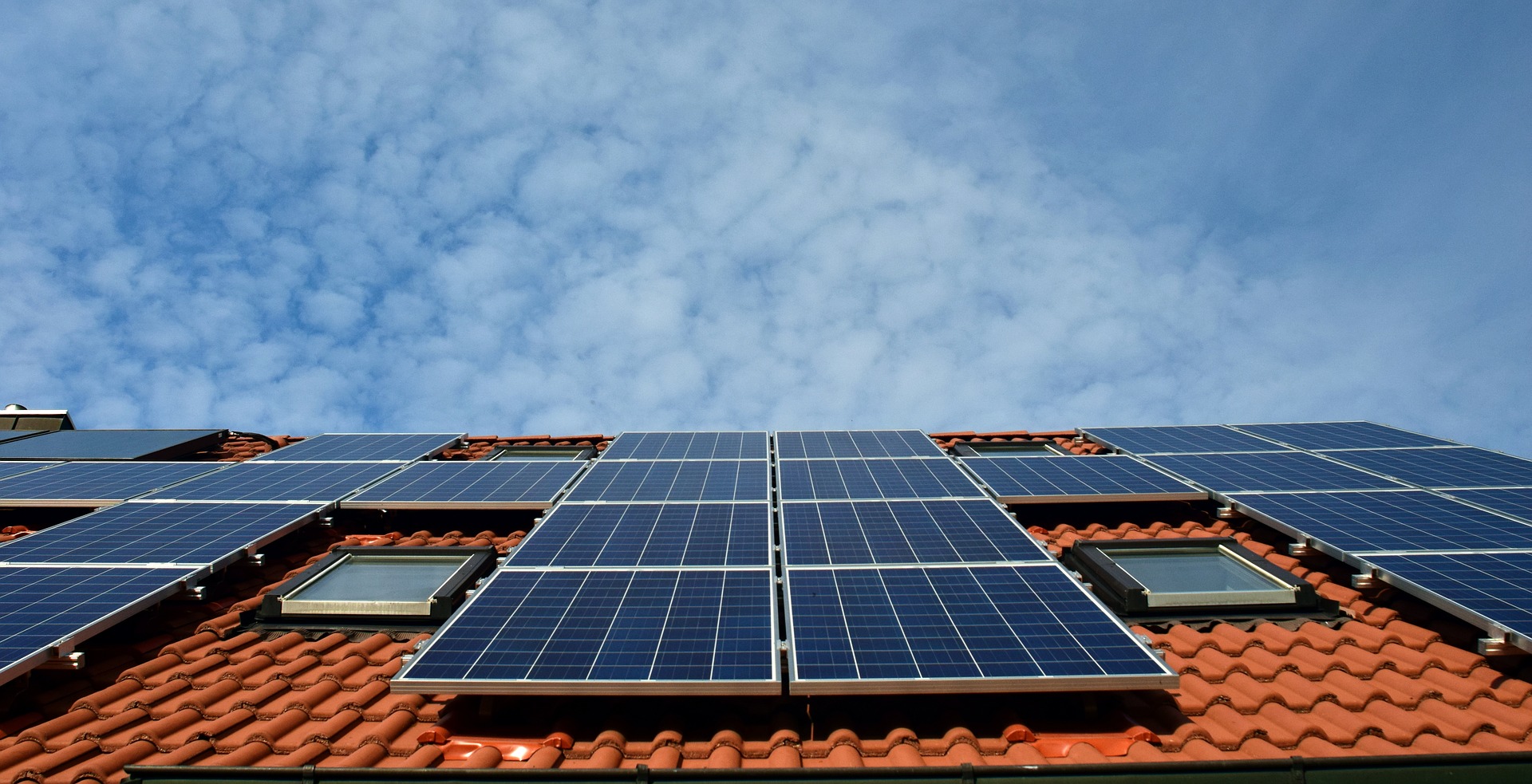What is a solar power system in construction?
The solar power system in construction is a method of using solar energy to generate electricity. This is a sustainable and energy-saving solution for construction. Solar power systems in buildings usually include the following main components:
- Solar panels: This is the most important component of a solar power system. Solar panels convert sunlight into electricity. Solar panels are usually installed on roofs or open areas on construction sites.
- Energy storage system: An energy storage system used to retain some of the solar electricity produced for use when sunlight is not available, such as at night or in cloudy weather. Lithium-ion batteries or liquid batteries are two common technologies for storing electrical energy.
- Inverter: Solar panels generate direct current (DC) electricity, while most electrical appliances use alternating current (AC). Therefore, inverters are used to convert electricity from DC to AC so that they can be used in common electrical equipment.
- Control and monitoring system: The solar power system needs a control and monitoring system to manage and regulate the system's operation. The system can monitor energy production, storage, and consumption, and control devices such as inverters and storage systems.
- Power grid: In some cases, a building solar power system can be connected to the public grid. When the system produces more energy than it needs, the excess energy can be fed to the grid and sold back to the electricity supplier, conversely, when demand exceeds solar energy. available, users can use power from the grid.
Building solar systems can help reduce electricity costs, reduce carbon emissions, and are a sustainable way to power buildings. However, the design and installation of a solar power system are complicated and need to be done by experienced technical experts.
How to integrate solar power systems into buildings to take advantage of solar energy and reduce electricity costs
Integrating solar power systems into buildings can be done in the following steps to take advantage of solar energy and reduce electricity costs:
Evaluation of solar energy potentialGive examples of using solar panels on roofs, buildings with integrated solar power systems in architectural design, or solar lighting systems in urban areas.
Example of using rooftop solar cells:
- Solar-powered housing: A residential house can install solar panels on the roof to take advantage of solar energy. This system can supply power to home appliances, such as lights, air conditioners, heaters, home appliances, and hot water systems.
- Shopping center with solar panel system: A large shopping center can also integrate solar panel systems into its architectural design. Solar panels can be installed on roofs and other areas to power internal operations such as lighting, air conditioning, fans, elevators, and monitoring systems.
Examples of the use of solar lighting systems in urban areas:
- Solar Streets: Urban areas can use solar streetlights to illuminate roads and sidewalks. These lights have built-in solar panels and store energy for use at night. This saves energy and reduces dependence on the grid.
- Parks and public areas: Public areas such as parks, gardens, or playgrounds can also use solar lights to illuminate the night. These solar lights can be installed without pulling wires, saving costs and creating a green and sustainable environment.
These examples show some applications of solar power systems in buildings and urban areas. This integration helps to take advantage of solar energy and reduce electricity costs while contributing to environmental protection.
Conclusion
Integrating solar power systems into buildings can help utilize solar energy and reduce electricity costs during operation. In addition, the use of solar energy contributes to environmental protection by reducing carbon emissions and using renewable energy sources.
Watch more: MEP Engineer
Watch more: professional engineer in Houston
Watch more: licensed engineer in Houston
Watch more: mep engineering firms in Houston
Watch more: design engineer in Houston
Watch more: HVAC engineering firms in Houston
Watch more: electrical engineering firms in Houston
Watch more: plumbing engineering firms in Houston
Watch more: mechanical engineering firms in Houston


